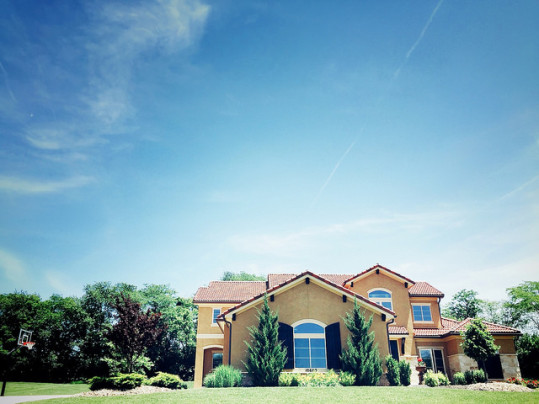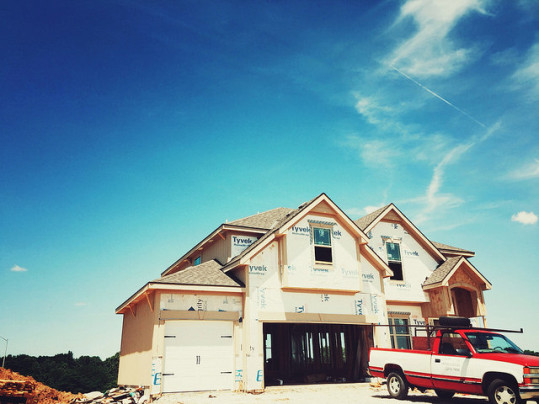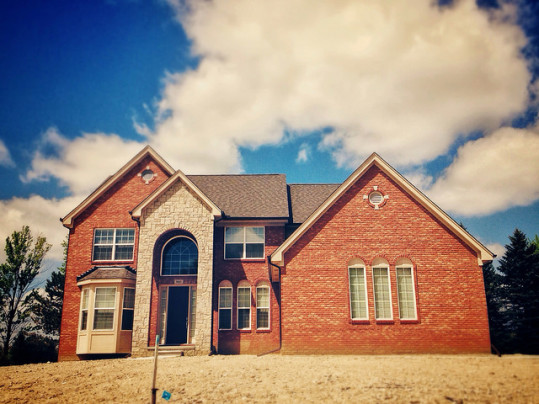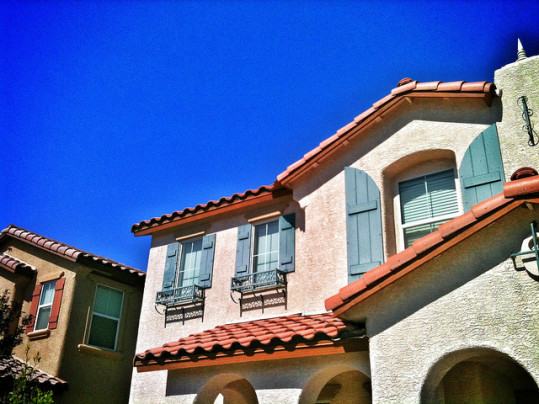The housing market has up years and down years. And the list of factors that influence it is long. Everything from geopolitical tension to student loan debt has a role in determining how many Americans decide it’s time to buy a house. So what do conditions look like for the housing market in 2020? Well, according to Fannie Mae’s Economic and Strategic Research Group, things are looking good. Their latest forecast cites factors like rising wages, a strong labor market, and improved household finances as reasons to be encouraged. Doug Duncan, Fannie Mae’s senior vice president and chief economist, says Americans are doing well and market factors are positioned for them to take advantage. “Strong consumer demand and low mortgage rates – as well as moderate improvements to supply – have housing well-positioned for a comeback year in 2020,” Duncan said. “While we expect housing to regain its place as an economic growth driver after a period of relative sluggishness, we recognize that the problems of affordability and inventory are likely to persist for the forecast horizon.” (source)
Archive for January 2020
How Many Americans Move Each Year?
Moving means a new house, new routines, and a fresh start. Naturally, it can be exciting. But the actual work of moving isn’t quite as fun. Packing up a house, sorting through belongings, cleaning out basements, closets, and storage spaces isn’t a task most people look forward to. And, depending how long you’ve lived in your house, there can be a lot to go through. So how many of us pack up our lives and move each year? Well, according to one recent analysis, around 10 percent. In fact, 9.8 percent of Americans moved in 2019, which was the lowest rate since 1947. However, it wasn’t much lower than it’s been over the past few years. For example, only 10.1 percent moved in both 2017 and 2018. Of course, the fact that fewer of us have been moving in recent years isn’t because we can’t bear the thought of cleaning out the garage. Factors like the economy, job market, demographics, home prices, and mortgage rates are far more likely to influence how many Americans move in any given year. (source)
Builders Optimistic About New Home Market
The National Association of Home Builders conducts a survey each month to measure builders’ confidence in the market for newly built homes. Because a builder’s business depends on being able to accurately gauge consumer interest in buying homes, the survey is considered a good indicator of housing market health. In January, the NAHB’s Housing Market Index hit 75 on a scale where any score above 50 indicates more builders view conditions as good than poor. Greg Ugalde, NAHB’s chairman, says conditions are favorable and should lead to more gains this year. “Low interest rates and a healthy labor market combined with a need for additional inventory are setting the stage for further home building gains in 2020,” Ugalde said. This is good news for potential home buyers, as added for-sale inventory would help moderate price increases and provide more options for buyers to choose from. Regionally, the index found builders most optimistic in the West, where three-month moving averages rose one point to 84. The Northeast and Midwest also saw gains, while the South remained unchanged at 79. (source)
Mortgage Demand Hits 11-Year High To Start 2020
According to the Mortgage Bankers Association’s Weekly Applications Survey, mortgage demand started the year off strong, rising 30.2 percent from the previous week. Survey results were adjusted for the New Year’s holiday but, after adjustment, demand for loans to buy homes was up 16 percent from the week before and 8 percent over last year at the same time. Refinance activity also surged, increasing 43 percent from one week earlier. Joel Kan, MBA’s associate vice president of economic and industry forecasting, said low mortgage rates are part of the reason demand has been so strong. “The mortgage market saw a strong start to 2020,” Kan said. “Applications increased across the board, and the 30-year fixed mortgage rate hit its lowest level since September 2019 … Low rates and the solid job market continue to encourage prospective buyers to enter the market.” The spike in activity brought demand for loans to buy homes to its highest level since October 2009. Conducted since 1990, the MBA’s weekly survey covers 75 percent of all retail residential mortgage applications. (source)
The Most Common Words In Real Estate Listings
In an age of screens and cameras, do words still matter? Well, the short answer is yes. And that’s true even for real estate listings, where photos and videos attract most of the attention. A home’s description can help highlight features and add vital information that can’t be conveyed in a photograph. How the home is described in the listing can also help sway a prospective buyer by adding details that may not have been obvious otherwise. So what are the most common words and phrases found in home listings these days? Well, according to one recent analysis, it depends on how much the home costs. For example, homes under $250,000 commonly emphasized a “new roof” or being “move-in ready,” while more expensive homes were more likely to mention “natural light,” a “gas fireplace,” and “vaulted ceilings.” Overall, the most frequently found phrases for homes under $5 million were: “granite countertops,” “hardwood floors,” “stainless steel appliances,” “open floor plan,” “fenced backyard,” and “covered patio.” Of course, common phrases for homes over $5 million were a bit different. In that price range, listings were more likely to advertise a “wine cellar,” “guest house,” or a “gourmet kitchen.” (source)
The Waning Popularity Of Two-Story Foyers
Like anything else, residential architecture is influenced by popular trends. Builders, designers, and architects want to build homes people want to buy, after all. But trends come and go. So what’s popular at one time is undesirable the next. Take two-story foyers as an example. A recent analysis done by the National Association of Home Builders looked at data from the US Census Bureau’s Survey of Construction and found that the share of new homes built with a two-story entranceway has been falling in recent years. This isn’t entirely surprising, as NAHB surveys since 2012 have shown builders and buyers both considered them an unwanted feature. The data confirms it, however. Two-story foyers aren’t as popular as they once were. In fact, according to the analysis, the number of new homes built with a grand entranceway fell 3 percent in 2018 from the year before. Additionally, the share of two-story foyers fell in seven of nine regional divisions, with the feature found in as few as 12 percent of new homes built in New England. But though they’ve fallen in popularity, how much so depends on where and who you are. For example, two-story foyers were found in 42 percent of new homes in the West South Central division, which includes Texas, Louisiana, Oklahoma, and Arkansas. They are also more popular with millennials than they were with older buyers. (source)
Why Americans Are Staying In Their Homes Longer
The length of time the average homeowner lives in their house has been increasing over the past decade. In fact, one recent analysis found that the average length of homeownership has reached 13 years, which is five years longer than it was in 2010. So why are Americans staying in their homes longer than they used to? Well, one theory is that buyers who locked in a low mortgage rate are now reluctant to sell. But rates are still historically low. Not to mention, last year’s refinance boom is a good indication that homeowners understand that the rate they lock in when they buy their home isn’t necessarily going to be theirs forever. According to a new article from Housing Wire, there may be another reason. Logan Mohtashami writes that the reason people aren’t moving as often as they used to may have more to do with their needs. “If it is generally true that people move when they need to, then it is also true that people don’t move when they don’t need to,” Mohtashami writes. In short, homes have been getting bigger for decades while families have gotten smaller. That means, homeowners – who, in the past, may’ve moved to accommodate a growing family – now stay put since they have enough space to satisfy their needs. source







